Tax and customs benefits for leather and footwear enterprises to be extended until 2026
On January 24, President Shavkat Mirziyoyev held a meeting on priority tasks in the leather and footwear industry.
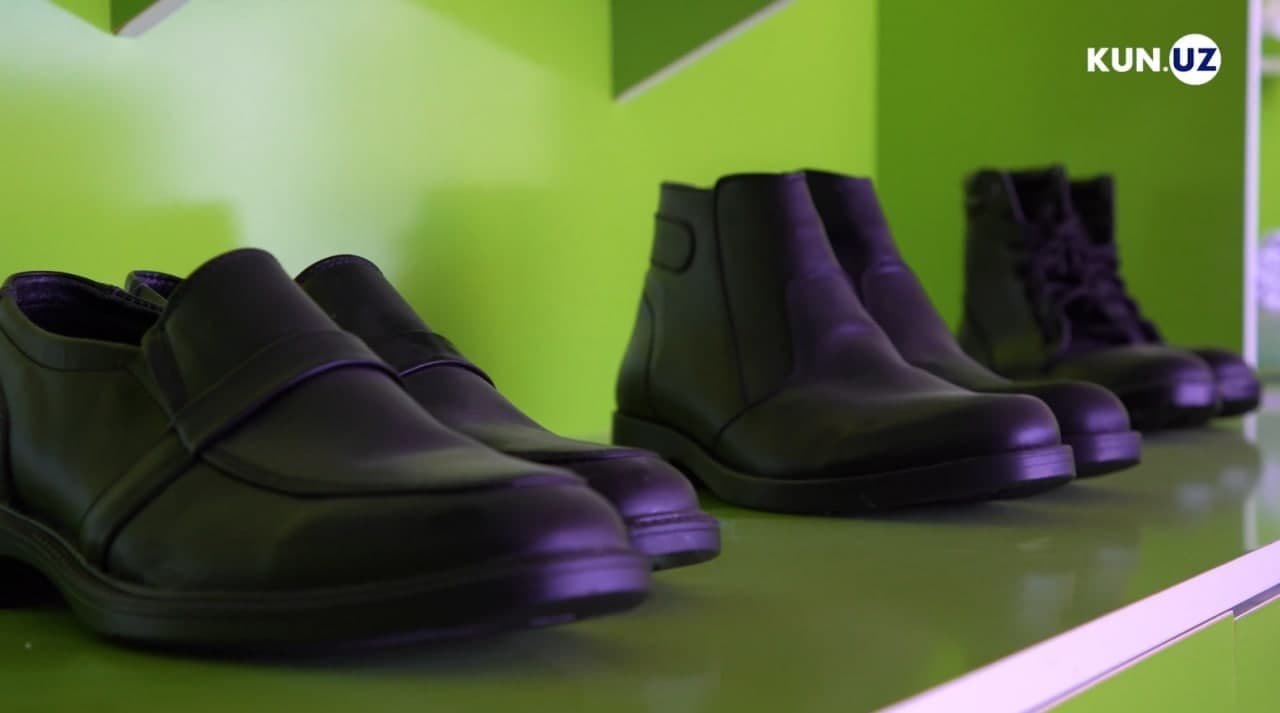
Photo: Kun.uz
As the press service of the head of state reported, this industry occupies an important place in the production of consumer goods. As a result of technological modernization and localization in recent years, the industry has been widely developed. So, if in 2017 leather products and shoes were produced in the amount of 760 billion soums, then in 2021 this figure amounted to 4 trillion 415 billion soums. During the same period, exports increased from $105 million to $421 million. Thus, the industrial production grew almost 6 times, export – 4 times. The share of finished products also increased – from 32% to 78%.
At the same time, there are still many untapped opportunities in the industry, it was noted at the meeting. But certain problems complicate the activities of manufacturers. In particular, there is no accounting system for raw materials, insufficiently automated slaughterhouses, which affects the quality of dressing skins. There is a lack of designers, technologists and qualified tailors, modern equipment, chemicals and components.
In this regard, the meeting discussed measures to address these and other problems, the systemic development of the sphere.
It was indicated that, first of all, it is necessary to organize mobile services in mahallas for slaughtering livestock and collecting skins, to allocate preferential loans for this.
The creation of 16 specialized small industrial zones in Nukus, Altinkul, Shakhrikhan, Jandar, Namangan, Urgut, Samarkand, Angor, Akhangaran and Khazorasp districts, the cities of Namangan, Margilan, Kokand, Jizzakh, Karshi and Nurafshan has been determined. 90 billion soums will be allocated from the budget for the creation of appropriate infrastructure in these regions.
Entrepreneurs will be given loans for the purchase of equipment for a period of 7 years with a 3-year grace period. In general, preferential loans in the amount of $60 million will be allocated to support the industry this year.
In addition, the task was set to develop, based on the traditions of Kokand and Margilan, a special program to support artisans in mahallas, where furriery is highly developed. They will be provided with concessional loans and tax preferences under family business and housing programs.
This year, it is planned to increase the export of leather and footwear products to $500 million, and within three years – up to $1.2 billion.
“This is a very big goal. There is a market to achieve it, there are large raw materials resources, there is a demand. But it is necessary to create all conditions for entrepreneurs,” the President said.
In this regard, it is planned to extend the previously granted tax and customs benefits until 2026. Also, partial compensation of the expenses for foreign specialists will be introduced. The importance of creating wholesale warehouses and trading houses abroad was emphasized, for which loans in foreign currency will be allocated at 4% per annum for a period of 3 years.
Today, in the total volume of domestic leather products, the share of women’s shoes is only 23%, children’s shoes – only 8%. Therefore, it was instructed to stimulate this direction through tax incentives.
“The most important issue is the lack of specialists. Therefore, each region should have a specific plan in this regard, it is necessary to establish a system for training personnel at places,” the President noted.
Tasks were set to create a modern training and production laboratory at the Tashkent Institute of Textile and Light Industry, improve the skills of specialists abroad, and train mid-level workers.
Responsible persons of the industry, khokims and entrepreneurs presented information and made proposals at the meeting.
Related News
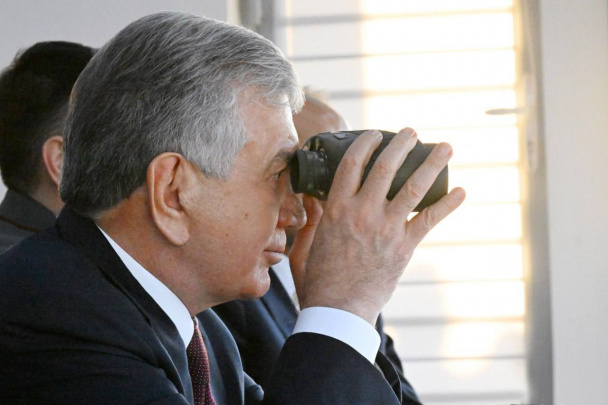
20:21 / 13.01.2026
President Mirziyoyev visits Special Operations Forces base in Tashkent region, assesses combat readiness
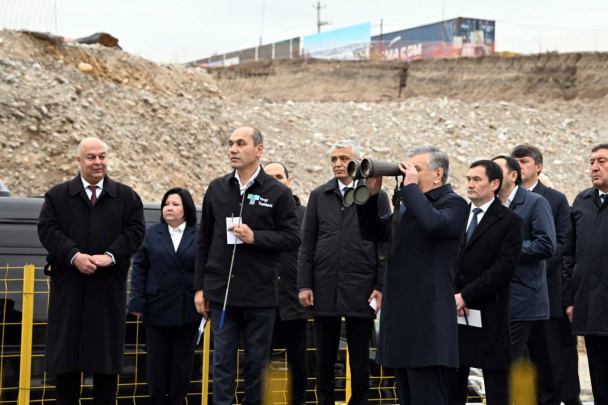
21:45 / 30.12.2025
Shavkat Mirziyoyev reviews major transport infrastructure in New Tashkent
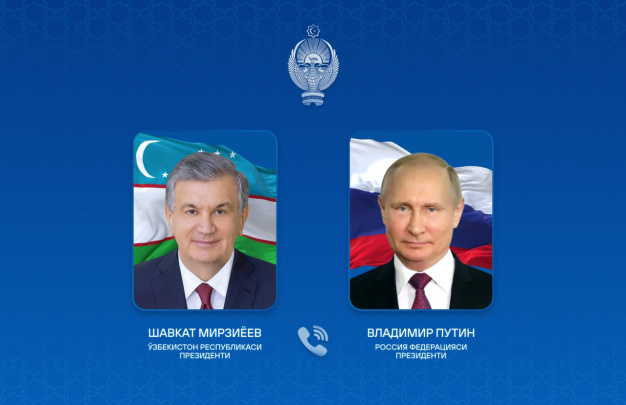
17:51 / 30.12.2025
President Mirziyoyev condemns attempted attack on Putin’s residence
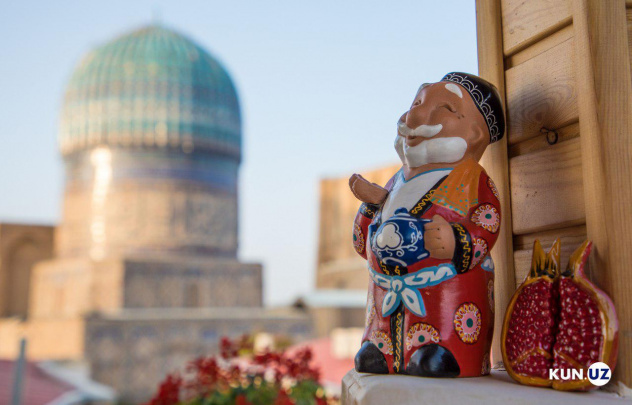
20:21 / 26.12.2025



